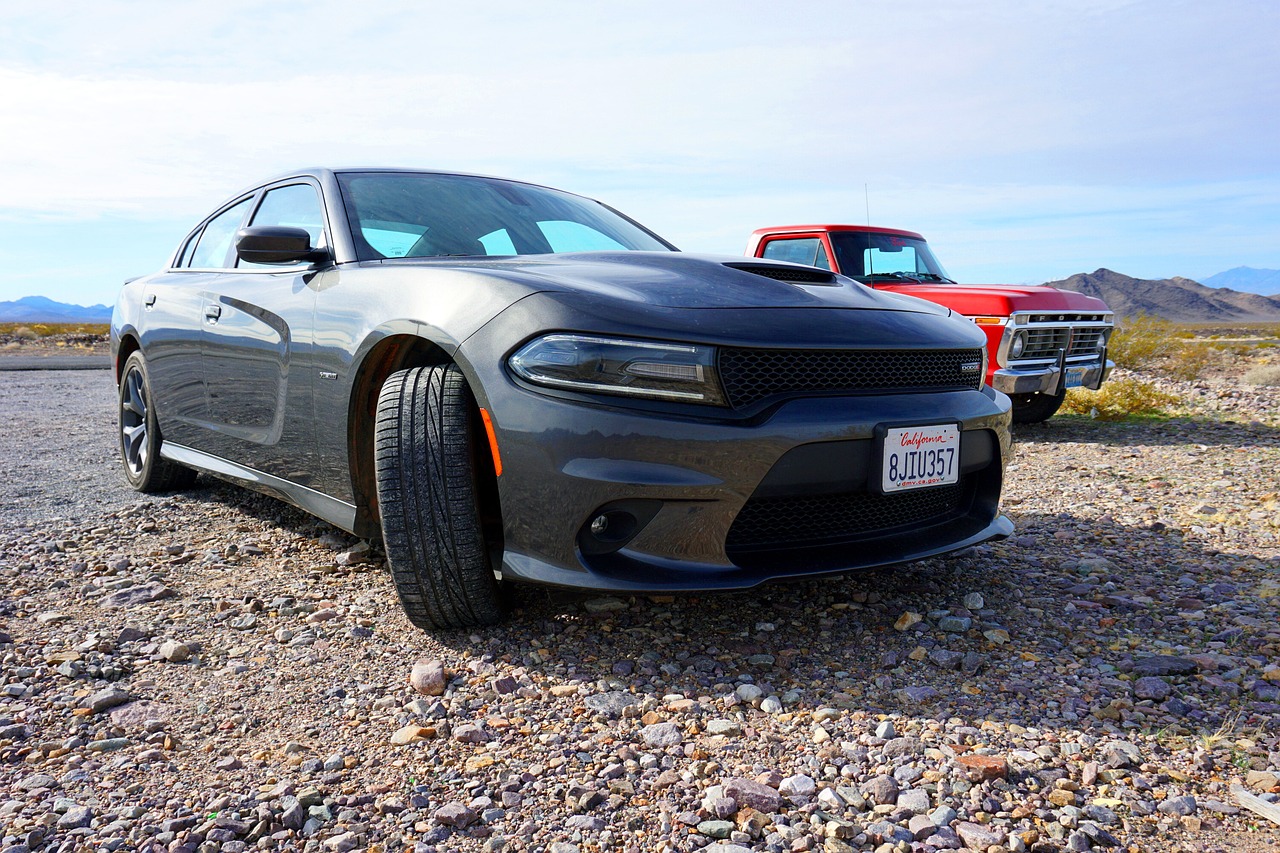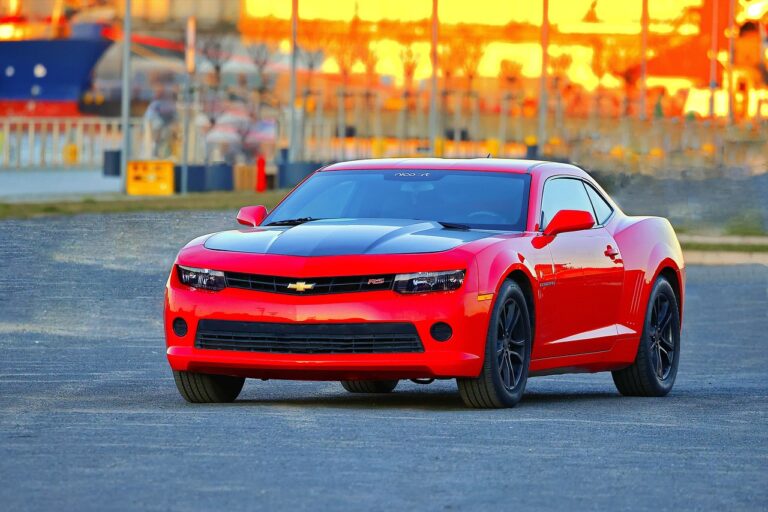Exploring the Potential of 3D Printing in Custom Car Manufacturing
3D printing technology has made significant strides in the automotive industry over the past few decades. The earliest known use of 3D printing in automotive manufacturing dates back to the 1980s when General Motors first adopted the technology for prototyping various car parts. This marked the beginning of a new era where traditional manufacturing processes began to intertwine with additive manufacturing methods, offering more flexibility and precision in the production of automotive components.
As the technology evolved, automotive manufacturers started incorporating 3D printing into their production lines for creating complex designs and customized parts. Companies such as BMW and Ford have been at the forefront of using 3D printing to optimize their manufacturing processes, reduce lead times, and lower production costs. The history of 3D printing in the automotive industry is a testament to the transformative power of this technology in revolutionizing traditional car manufacturing methods.
Benefits of Custom Car Manufacturing with 3D Printing
Custom car manufacturing with 3D printing offers unparalleled design freedom, allowing car manufacturers to create intricate and complex shapes that were previously difficult or impossible to achieve. This level of customization enables car enthusiasts to personalize their vehicles to the smallest detail, resulting in truly unique and one-of-a-kind automobiles.
Moreover, 3D printing in car manufacturing can significantly reduce production time and costs by streamlining the prototyping and manufacturing processes. Traditional methods often involve expensive tooling and long lead times, but with 3D printing, car parts can be produced directly from digital designs, eliminating the need for costly molds and reducing wastage of materials. This efficiency not only benefits manufacturers but also consumers who can enjoy faster turnaround times and more affordable custom car options.
Challenges and Limitations of Implementing 3D Printing in Car Production
While 3D printing brings numerous advantages to the automotive industry, there are certain challenges and limitations that come with implementing this technology in car production. One major hurdle is the cost associated with 3D printing equipment and materials. The initial investment in high-quality 3D printers and specialized materials can be substantial, making it difficult for some car manufacturers to adopt this technology on a large scale.
Moreover, the speed of 3D printing compared to traditional manufacturing methods is another limitation. While 3D printing offers customizability and complexity in design, the production process can be time-consuming. This slower production rate may not be suitable for mass production timelines in the automotive industry, where efficiency and quick turnaround times are crucial.
• High cost associated with 3D printing equipment and materials
• Initial investment in high-quality 3D printers can be substantial
• Difficulty for some car manufacturers to adopt technology on a large scale
• Speed of 3D printing compared to traditional manufacturing methods is a limitation
• Time-consuming production process may not be suitable for mass production timelines
• Efficiency and quick turnaround times are crucial in the automotive industry
What is the history of 3D printing in the automotive industry?
The use of 3D printing in car production dates back to the early 1980s, with the technology being primarily used for rapid prototyping. Over the years, advancements in 3D printing technology have enabled its integration into various stages of car manufacturing.
What are the benefits of custom car manufacturing with 3D printing?
Custom car manufacturing with 3D printing allows for greater design flexibility, faster production times, reduced waste, and cost savings. It also enables the creation of complex geometric shapes that are difficult to achieve with traditional manufacturing methods.
What are the challenges and limitations of implementing 3D printing in car production?
Some challenges of implementing 3D printing in car production include high initial investment costs, limited material options, slower production speeds compared to traditional methods, and the need for skilled technicians to operate and maintain the 3D printers. Additionally, regulatory and quality control issues may arise when using 3D printing for automotive parts.







